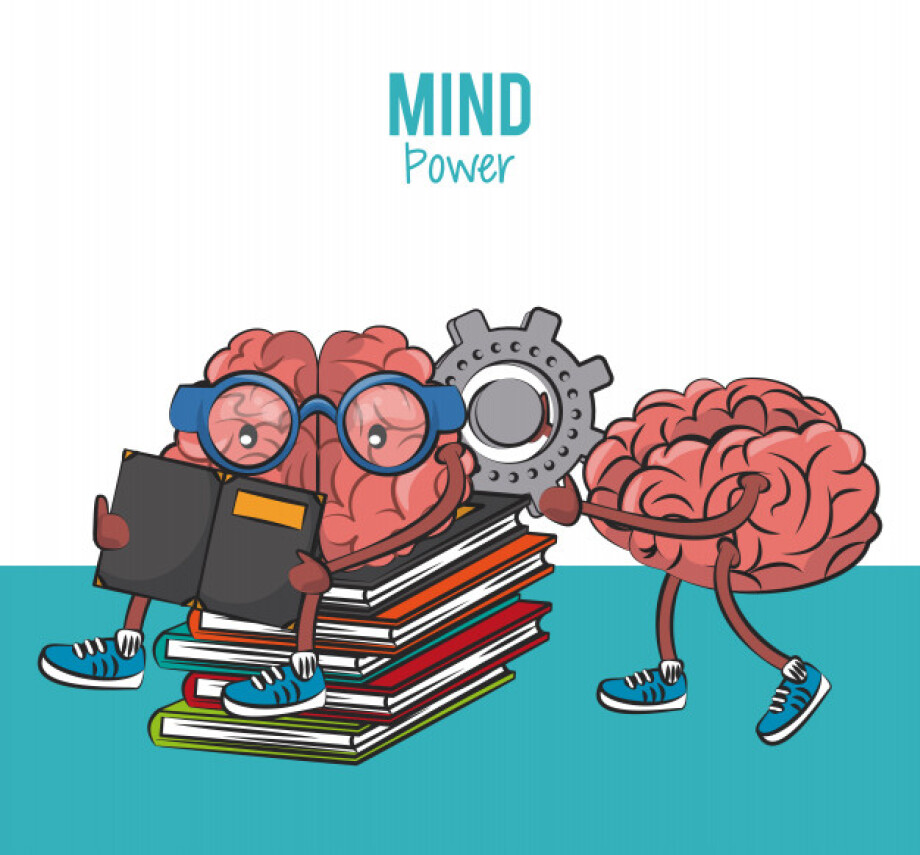During the day we have to memorize a lot of numbers, letters, small or big chunks of information, listen carefully to some instructions, shop without a list of items necessary to buy, etc. For the successful completion of all these tasks, we need to rely heavily on the capacity of our working memory.
What is Working Memory?
It is the type of memory which has limited capacity and is used to keep the track of information until it is used. It is responsible for temporarily holding information available for processing. For example, when we are reading, working memory enables us to remember the words which we are reading and be able to integrate them to make sentences so that we comprehend what we are reading. Find here more about how our memory works.
The role of working memory is significant when it comes to the successful learning process. Let’s look at some examples from lessons with kids.
- To do an activity, kids rely on both incoming information and information stored in their memory. If they have poor working memory skills, it’s hard to handle both. This can make it challenging to follow multi-step instructions, like the following instructions: “Put your sheets on the green table, put your pencil away and come and sit on the carpet”. Kids with poor working memory skills have trouble keeping in mind what comes next while they’re doing what comes now. In many cases when they are given such long instructions, they either do the first part of the instruction or the last.
- Working memory is closely tied up with the part of the brain which is responsible for maintaining focus and concentration. Kids use their working memory to remember what they have to do and what they need to pay attention to while doing the task. For example, a teacher may assign a running dictation activity. This hones kids’ working memory since they need to read the sentence, remember it, dictate to their peers. If they don’t remember any words from the sentence they can run back to it as many times as necessary thus shifting their focus as well from reading to dictating and spelling.
- Working memory is of utmost importance when it comes to reading. Auditory working memory helps kids hold on to the sounds letters make long enough to sound out new words. Visual working memory helps kids remember what those words look like so they can recognize them throughout the rest of a sentence.
As a result of the poor working memory, children tend to be inattentive during the lessons, daydream, fidget a lot and show average or below-average results.
Ways of improving the capacity of Working Memory
- Remembering through visualization is done when a child is asked to recall something by mentally creating the picture of it. The child then can draw a picture or tell back the information to the parent.
- A child may be asked to play visual games, like circling all the words starting with the letter “m” in a text. They may be asked to recall car numbers while being on the road, then read those numbers backwards.
- They can read with highlighters to keep the most important information active before they answer the questions based on that highlighted information.
- While giving important information or instructions, parents can divide them into small chunks so that kids perform those tasks one at a time and then pass to the other chunks. This technique works great also with writing. Assigning them writing tasks which can be done with graphic organizers is a nice way of improving working memory.
- Processing information in as many ways as possible can help improve memory in general. Write tasks down so your child can look at them. Say them out loud so your child can hear them. Toss a ball back and forth while you discuss the tasks your child needs to complete.
All the mentioned boosters are of great help while learning a foreign language since the role of working memory is crucial when it comes to remembering words, the phonological sequence of words, being able to connect words in the sentence, following instructions, writing different tasks, etc. With a lot of fun and easy ways, kids’ working memory capacity can improve thus giving them the chance to learn better and be more self-confident.






 Вероника Аветисян
Вероника Аветисян 
 Маргарита Аветисян
Маргарита Аветисян 



Very happy that the material turned out to be useful for you 🙂
Thanks for sharing this excellent blog about concentration excercises. Keep blogging!